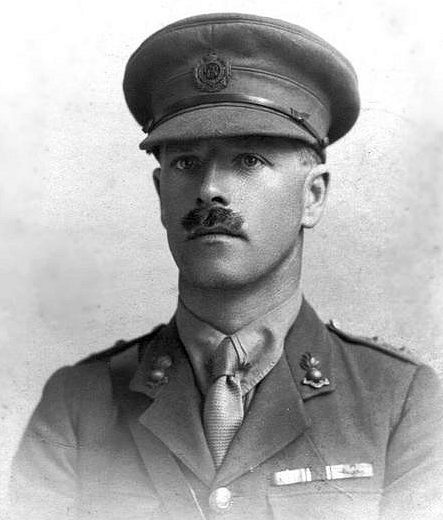
Major
ERNEST
VICTOR TODD
Royal Engineers
(formerly 94869 Company
Quartermaster Sergeant, R.E.)
(later Major, 5th
Battalion, King’s Own
Royal Regiment [T.A.]
and Flying Officer, Royal Air Force)
by
Lieutenant Colonel Edward De Santis, MSCE, PE,
MinstRE
(May 2023)

Figure 1. Lieutenant Ernest Victor Todd,
R.E.
(Image courtesy of the Imperial War Museum)
INTRODUCTION
I found the photograph in Figure 1 on the Imperial War Museum web site under Lives of the First World War (Royal Engineers). The web site also included some details of his life and service along with some links to his family tree and a number of other links to photographs of him and his son, Major Thomas Charles Victor Todd, MBE, King’s Own Royal Regiment. These latter links were to photographs from scrap books and albums kept by Lieutenant Todd during his time in service and during his son’s time as well. There are so many photographs, that I found it expedient to list the web site links in the reference section of this work under the heading “King’s Own Royal Regiment Museum Lancaster; Todd Family Collection, 2nd Lieutenant Ernest Victor Todd and Major Thomas Charles Victor Todd MBE.”
This study deals primarily with the life and military service of Lieutenant E.V. Todd, R.E. as determined from Army Lists, family trees, internet web sites, the London Gazette and periodicals. In addition to the information presented here, it is recommended that the reader visit the King’s Own Royal Regiment Museum web site for additional information.
2. FAMILY INFORMATION AND EARLY LIFE
Family Information[1]
Ernest Victor Todd was the son of John Thomas Todd (1862-1927), a native of Accrington, Lancashire and his wife Caroline Todd, née Auty (1865-1952) of Galashiels, Selkirk, Scotland.
Figure 2. John Thomas Todd. |
Figure 3. Caroline Todd. |
In addition to Ernest, the Todds had seven other children, all born in Blackpool, Lancashire:
· Annie Todd (1883-1974) born in June 1883.
· Frank Richard Todd (1887-1889) born in June 1887.
· Charles Eric Todd (1890-1976) born on 21 March 1890.
· Norman Vere Todd (1892-1966) born in June 1892.
· Hannah Doris Todd (1896-1950) born on 18 August 1896.
· Frank Leslie Todd (1898-1903) born on 30 October 1898.
· Phyllis Todd (1901-1927) born in September 1901.
Early Life
Ernest Victor Todd was born in Blackpool on 28 September 1884. He was baptized in St. John the Evangelist Church in Accrington on 24 December 1884.[2]
The 1891 Census of England shows the composition of the Todd family on 5 April 1891 as presented in the table below.
1891 Census of England
Census Place: 10 Wolsley Road, Blackpool, Lancashire. |
|||||
Name and Surname of each Person |
Relation |
Marital Status |
Age |
Profession or Occupation |
Birthplace |
John T. Todd |
Head |
Married |
28 |
Architect & Surveyor |
Accrington, |
Caroline Todd |
Wife |
Married |
25 |
|
Scotland |
Annie Todd |
Daughter |
|
8 |
Scholar |
Blackpool, |
Ernest V. Todd |
Son |
|
6 |
Scholar |
Blackpool, |
Charles E. Todd |
Son |
|
1 |
|
Blackpool, |
NOTE: Frank Richard Todd, who had been born in 1887, died in 1889 in Fylde, Lancashire.
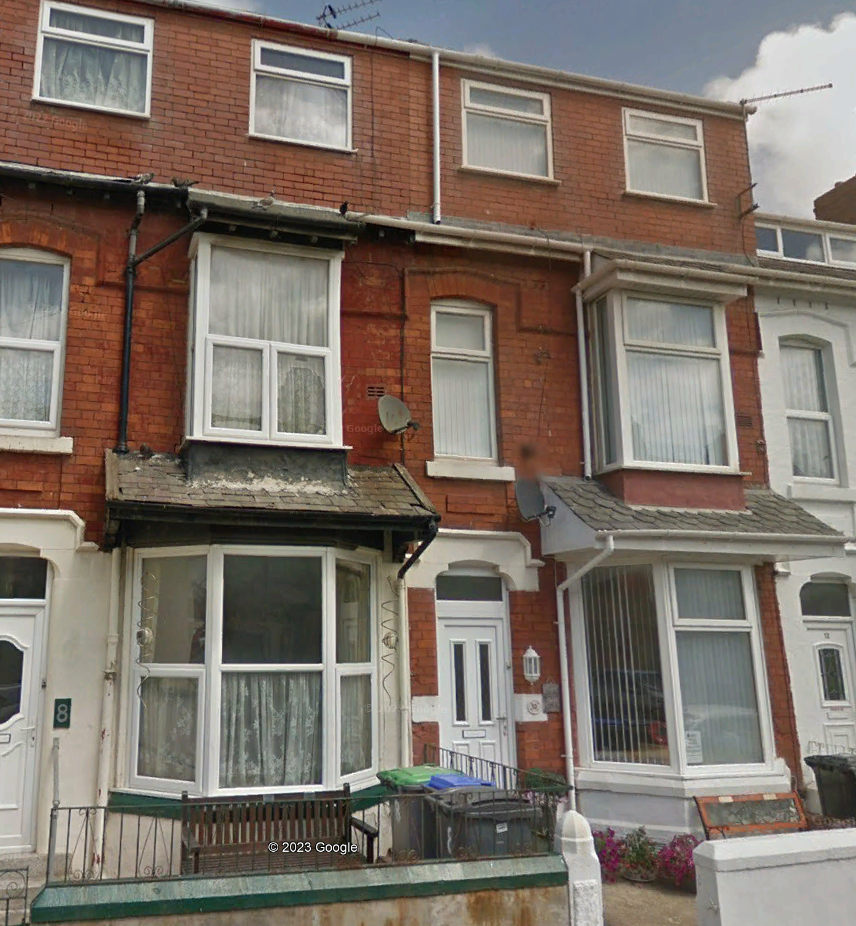
Figure 4. The Todd Residence at 10 Wolsey Road
in Blackpool.
(Image courtesy of Google Earth)
By 31 March 1901, the date of the census taken during that year, the Todd family had greatly increased and needed a larger residence. They had moved to 43 Albert Road in Blackpool. The composition of the family in 1901 is shown in the table below.
1901 Census of England
Census Place: 43 Albert Road, Blackpool, Lancashire. |
|||||
Name and Surname of each Person |
Relation |
Marital Status |
Age |
Profession or Occupation |
Birthplace |
John T. Todd |
Head |
Married |
38 |
Architect & Surveyor(1) |
Accrington, |
Caroline Todd |
Wife |
Married |
35 |
|
Scotland |
Annie Todd |
Daughter |
Single |
18 |
|
Blackpool, |
Ernest V. Todd |
Son |
Single |
16 |
Architect’s Clerk(2) |
Blackpool, |
Charles E. Todd |
Son |
|
11 |
|
Blackpool, |
Norman Vere Todd |
Son |
|
8 |
|
Blackpool, |
Hannah Doris Todd |
Daughter |
|
4 |
|
Blackpool, |
Frank L. Todd |
Son |
|
2 |
|
Blackpool, |
Mary Ann Fish |
Aunt |
Widow |
67 |
|
(?), |
Charles Auty |
Brother-in-Law |
Married |
38 |
Artist Sculptor |
Dewsbury, |
May Auty |
Sister-in- Law |
Married |
30 |
|
New Brompton, Kent |
TABLE NOTES:
(1)
John T. Todd is shown as an employer on the census. An
article published in the Blackpool Gazette
during the Great War
indicates that his place of business was on Birley Street in
Blackpool.
(2) Ernest V. Todd was employed as an Architect’s Clerk in 1901 and was probably working for his father.
The current structure (in 2023) at 43 Albert Road in Blackpool is shown in Figure 5 below. It is now a small hotel that has been modified on the ground floor. This building, if it is a 1901 period structure, could have served as the offices of the John T. Todd, Architect & Surveyor company. The upper floors could have been used (or rented) as living quarters.
|
Figure 5. The Current Building at 43 Albert Road in
Blackpool.
The Calypso Hotel that currently occupies the building advertises itself as being only 900 feet from the beach in Blackpool’s town center, with free Wi-Fi in public areas and a bar. The Blackpool Tower and the Winter Gardens are only a 2-minute walk away. |
By 2 April 1911, the date of the census of England and Wales during that year, the family was still living at 43 Albert Road as shown in the table below.
1911 Census of England and Wales
Census Place: 43 Albert Road, Blackpool, Lancashire. |
|||||
Name and Surname of each Person |
Relation |
Marital Status |
Age |
Profession or Occupation |
Birthplace |
John T. Todd |
Head |
Married |
48 |
Architect & Surveyor |
Accrington, |
Caroline Todd |
Wife |
Married |
45 |
Boarding House Keeper |
Galashiels, |
Ernest V. Todd |
Son |
Single |
26 |
Architect & Surveyor |
Blackpool, |
Norman Vere Todd |
Son |
Single |
18 |
Apprentice to Lithographic Artist |
Blackpool, |
Hannah Doris Todd |
Daughter |
|
14 |
School |
Blackpool, |
Parthenia Jane Dale |
Servant |
Single |
20 |
Domestic Servant |
Hauley, |
TABLE NOTES:
(1)
Annie (now 28), Charles (now 21) and Frank (now 12) are no
longer living in the family household.
Their whereabouts,
if known, will be discussed in a later section of this narrative.
(2) Mary Ann Fish, at this point in time 77 years of age, may have been deceased.
(3) Charles and May Auty, 48 and 40, respectively, may have found a place of their own.
Ernest at this point appears to have been a full-fledged Architect and Surveyor, although his academic and professional status are not known. The Blackpool Gazette describes him as an “Old Birchallian” footballer, the Secretary of the Blackpool Amateur Swimming Club and the Secretary of the North Lancashire Water Polo and Squadron Leader. Offshoots of these clubs appear to still exist in Blackpool today. Ernest apparently was into water sports as a young man.[3]
On 18 August 1913, Ernest Victor Todd married Mary Fish (1880-1900) in the Primitive Methodist Church and Sunday School on Mount Road in Fleetwood, Lancashire. In a little more than a year from his marriage he would be off to war.
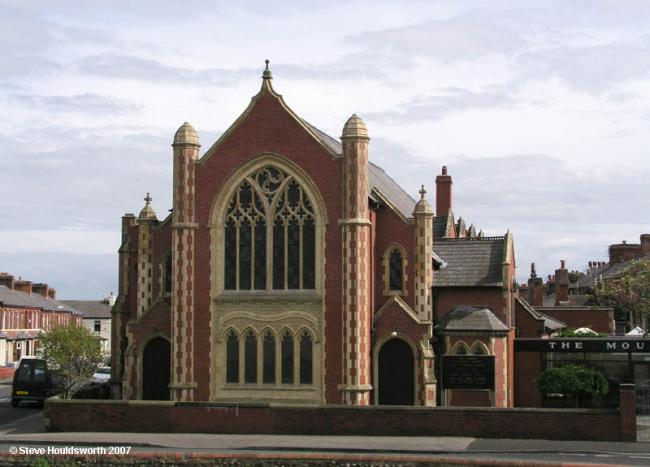
Figure 6. The Primitive Methodist Church in
Fleetwood, Lancashire.
(Image courtesy of Steve
Houldsworth)
3. ENLISTMENT AND TRAINING
Enlistment
Prior to the start of the Great War of 1914-1918, Ernest Victor Todd was employed by the Valuation Department in Preston, Lancashire, presumably as a Surveyor. The Valuation Department provided valuations and property advice to support taxation and benefits to the government and local authorities in England, Wales and Scotland. It also provided valuation and surveying services to public sector bodies. Ernest attempted to enlist a number of times, but he was refused permission to join the Army by his employer because his services were considered to be indispensable to the department. The Valuation Department, a government agency, must have had the authority to retain an employee as a person essential to its work that it considered to be more important than the war effort. He finally left the Preston recruiting area and went to London where he did finally enlist sometime in late 1914.[4] As an Architect and a Surveyor, his skills would have been much sought after by the Corps of Royal Engineers.
Ernest was found to be fit for service in the Army and in particular he was determined to be fit for service in the Royal Engineers. His attestation was surely approved very quickly and he was made 94869 Sapper Ernest Victor Todd, R.E. and sent off to the School of Military Engineering at Chatham, Kent for recruit training.
Training
With the exception of Drivers, every recruit enlisted for the Royal Engineers had to have a trade. Pioneers and Sappers were sent to Chatham where they were trained for a year in infantry drill and pioneer duties. During the summer every training company in turn went into a tent-camp at Wouldham near Chatham, where the recruits were taught camp duties, pontooning and other field engineering tasks. The engineer recruits also received musketry training. When the course of training was completed the recruits had to pass an examination and were then transferred to engineer formations, where they received higher pay and could earn extra allowances by working at their special trades.[5] As a skilled Surveyor in civilian life, Todd surely must have been considered for this special trade in the Army.
4. POSTINGS AND CAMPAIGN SERVICE
Home Service (1915)
Following the completion of this recruit training, Sapper Todd was posted to the 153rd Field Company, one of the Royal Engineers companies serving with the 37th Division. In 1914, each infantry Division included two field companies. A third was added during January 1915, as more units came up to strength and passed training. The engineer units of the 37th Division were the 152nd , 153rd and 154th Field Companies and the 37th Divisional Signal Company.[6]
The field company was composed of 217 men, as shown here:
• A Major in command of the
company
• A Captain as second in command
• 3
Lieutenants (or Second Lieutenants), one each commanding a Section
•
23 NCOs (Company Sergeant-Major, Company Quartermaster Sergeant,
Farrier Sergeant, 6 Sergeants, 7 Corporals,
and 7 2nd-Corporals
[a rank peculiar to the Royal Engineers and Army Ordnance Corps])
•
186 other ranks (1 Shoeing Smith, 1 Trumpeter, 1 Bugler, 138 Sappers,
37 Drivers, 8 Batmen)
• 2 attached Privates of the Royal Army
Medical Corps for water duties
• 1 attached Driver of the Army
Service Corps (not counted into strength as officially he was part of
the Divisional Train)
The men were organised into two areas: Mounted (which included the CQMS, the Farrier, the Shoeing Smith, trumpeter, 3 NCOs and the drivers and batmen) and Dismounted. The latter represented many kinds of trades required by the army in the field, including in the numbers shown above 15 Blacksmiths, 20 Bricklayers, 40 Carpenters, 5 Clerks, 12 Masons, 6 Painters, 8 Plumbers, plus surveyors, draughtsmen, wheelwrights, engine drivers and others. It is most likely that Todd was made one of the surveyors in the company.
Raised for the Sixth New Army, the 37th Division began to form in March 1915. It was originally known as the 44th Division. A War Office decision to convert the Fourth New Army into training units and to replace the 16th (Irish) Division in the Second New Army led to it being “promoted” . It now became the 37th Division and was in the Second New Army, and a Divisional HQ was established at Andover on 12 April 1915. Many units that had been formed for a while came into its command.[7]
On 14 April 1915 the 153rd Field Company concentrated at Cholderton on Salisbury Plain and on 25 June the units of the 37th Division were inspected by King George V at Sidbury Hill. The engineer units of the division continued training into July and the 153rd Field Company was at Christchurch conducting pontoon bridge training just prior to leaving for France.
France (1915-1917)
On 22 July 1915 the Division began to cross the English Channel and by 2 August all units were concentrated near Tilques. The 153rd Field Company did not embark until 30 July and on the following day it arrived in France to join the other units of the division. On 2 August 1915 the company was still at Tilques to the northwest of St. Omer. At some point between 2 August 1915 and 20 February 1916 Todd, then a Staff Sergeant, was appointed the Acting Company Quartermaster Sergeant of the 153rd Field Company. This accelerated promotion was due, no doubt, to his education and experience in civil life and the development of his military skills to perform the duties of a senior Non-Commissioned Officer (N.C.O.).
Todd was attached to the 154th Field Company under Captain E.C.B. Mackintosh, R.E on 20 February 1916 and was given the task of surveying the trenches in the vicinity of Gastineau. Following this assignment and due to his expertise, Staff Sergeant Todd was appointed a Foreman of Works under the Director of Works and was posted to the British VIII Corps at La Lovie, near Poperinghe, on 29 July 1916.
At the time of his posting the VIII Corps was with the British Fourth Army, which had been engaged in the battles of the Somme in July 1916. By 30 May 1917 Todd was still with VIII Corps at Vogeltje Convent and from 13 June to 21 June 1917 he was at Esquelbecq.
As a Foreman of Works Staff Sergeant with a Corps headquarters, Todd no longer was serving on the front line as he had been when he was with the 153rd Field Company. Although his work may have on occasion taken him forward towards the front-line trenches, his primary duties included building construction and the use of materials in the rear area. This work dealt with the construction of fortifications, but by and large its greatest responsibility was in the area of the construction and maintenance of barracks. Other works he may have undertaken was the supervision of the construction of hospitals and Army Ordnance buildings. With regard to the latter, the work included not only the buildings themselves, but also the provision and maintenance of fixed machinery and the construction and maintenance of magazines and buildings for the storage of explosives, with special attention to precautions against fire and protection against lightning.[8]
|
Figure 7. Staff Sergeant E.V. Todd, R.E., circa 1916 (Image courtesy of the Todd family)
|
Commissioning (1917)
Todd returned to the U.K. on 21 July 1917 on leave then was posted to the Royal Engineers Cadet Battalion at Chatham in September. On 26 October 1917 he was discharged from the ranks to take a commission, and on the following day he was appointed a 2nd Lieutenant in the Royal Engineers. Following his commissioning he was posted to the British XVII Corps with the Third Army as a Field Engineer on 14 November 1917; however, he did not return to France to join the Corps headquarters at Duisans until 9 January 1918.
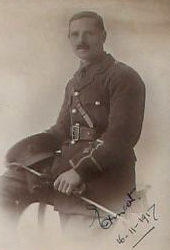
Figure 8. A Post-Commissioning Photograph of 2nd Lieutenant Todd While Home on Leave, 16 November 1917.
(Image courtesy of the Todd family)
France and Flanders (1918)
2nd Lieutenant Todd’s duties as a Field Engineer involved coordination and inspection of work between the Corps forward area and the rear areas of the Corps’ divisions. The work involved considerable travel throughout the Corps area, coordination with Corps engineer units and with engineer units in the division areas. Although it was essentially a rear area posting, there still was danger involved in travelling throughout the war zone as the XVII Corps headquarters moved. The following is a summary of his movements and the movements of the Corps headquarters from 16 July to 7 October 1918:[9]
· Bryas, 16 July 1918.
· Duisans, 31 July 1918.
· Fosseux, 24 August 1918. XVII Corps was involved in two major Battles during this period: The Battle of the Scarpe from 26 to 30 August 1918 and the Battle of Drocourt-Quéant from 2 to 3 September 1918.
· Saint- Léger, 24 September 1918. While in this area the Corps took part in the Battle of the Canal du Nord from 27 September to 1 October 1918.
2nd Lieutenant Todd found out how dangerous it could be working in the Corps area during a major battle. On 2 October 1918, just as the Battle of the Canal du Nord was ending, Todd was wounded, probably by shrapnel from shell fire. He was returned to the U.K. on 7 October and was hospitalized.[10]
Home Service (1918-1920)
Following the Armistice that ended the war he was posted to Chatham for two years. In his despatch of 16 March 1919 Sir Douglas Haig mentioned Todd for his service during the war.[11] On 24 July 1919 as a Temporary Lieutenant, Todd was posted to the staff at the Royal Engineers headquarters as an Assistant with Special Appointment Class HH.[12] He was subsequently demobilized at Chatham on 26 December 1920.
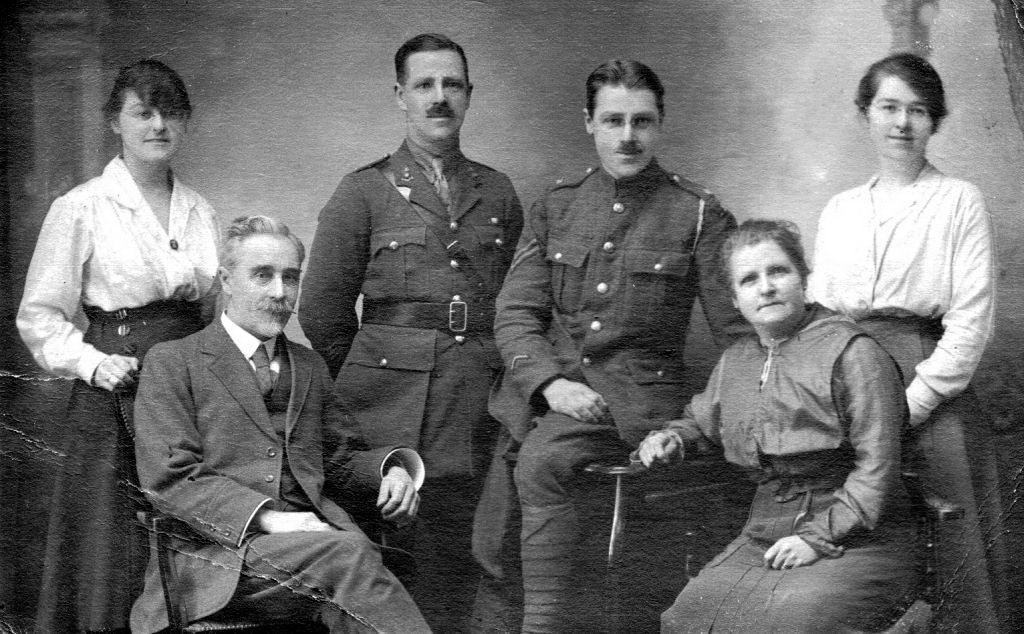
Figure 9. A Todd Family Reunion After the War.
(Image courtesy of the Todd family)
5. POST GREAT WAR SERVICE
On 25 November 1925 Todd was appointed a Captain in the 5th Battalion of the King’s Own Royal Regiment in the Territorial Army (T.A.) with headquarters in the Drill Hall, Phoenix Street in Lancaster.[13]
On 1 January 1929 Todd was promoted to the rank of Major and from 1930 to 1936 he served as the Officer Commanding “D” Company of the regiments 5th Battalion.[14] In 1933 Major Todd accompanied His Royal Highness Prince George (The Duke of Kent)[15] at Fleetwood during the Prince’s review of men during the regiments Old Comrades Parade.[16]
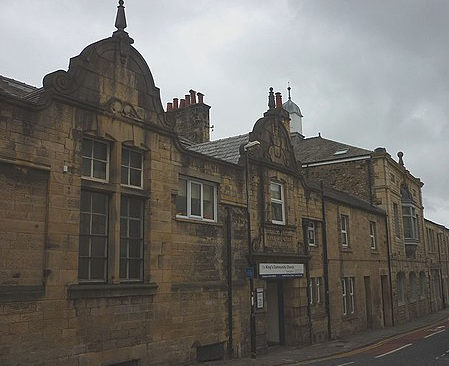
Figure 10. The King’s Own Royal Regiment Drill
Hall.
(Image courtesy of Wikipedia)
6. WORLD WAR 2 SERVICE
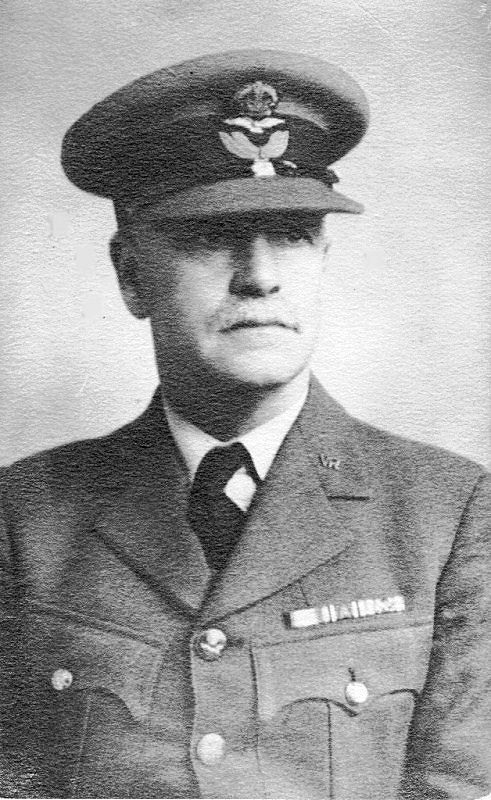
Figure
11. Lieutenant Ernest Victor Todd Royal Air Force
(Image
courtesy of the Todd family)
Ernest Victor Todd was granted a commission on 29 June 1940 as a Pilot Officer on probation in the Royal Air Force. On 29 June 1941 he was confirmed in this appointment, that is, he no longer was on probation, and on the same date he was promoted to the war substantive rank of Flying Officer. At the time he was 56 years old and he never set foot in a cockpit as a “Flying” Officer. He was posted to the Administrative and Special Duties Branch of the R.A.F. for administrative duties only.
The following sections are presented in tabular form to summarize Todd’s promotions, appointments, qualifications and the medals that he was awarded during his time in the Army and Royal Air Force. They are provided to give the reader easy access to these aspects of his military career. The tables are followed by sections dealing with his marriage, personal information and post-service life.
7. PROMOTIONS AND APPOINTMENTS
Promotions: It is difficult to determine the dates of Todd’s promotion while in the ranks because it appears the he was on an accelerated schedule. He was promoted from Sapper, upon enlistment in 1914, to Staff Sergeant in early 1916. This was truly a very rapid rate of promotion and a testament to his efficiency and conduct. His promotions as an officer are easier to follow and they are shown in the table below.
Date of Promotion |
|
27 October 1917 |
Commissioned a 2nd Lieutenant in the Royal Engineers |
24 July 1917 |
Appointed a Temporary Lieutenant in the Royal Engineers |
25 November 1925 |
Appointed a Captain in the King’s Own Royal Regiment (T.A.) |
1 January 1929 |
Promoted Major in the King’s Own Royal Regiment (T.A.) |
29 June 1940 |
Appointed a Pilot Officer on probation in the Royal Air Force |
29 June 1941 |
Promoted Flying Officer in the Royal Air Force |
Appointments: Wade received the following appointments during his time in service:
Date of Appointment |
|
1915 |
Surveyor in the School of Military Engineering |
2 August 1915 |
Acting Company Quartermaster Sergeant, Royal Engineers |
29 July 1916 |
Foreman of Works Staff Sergeant, Royal Engineers |
14 November 1917 |
Field Engineer, Royal Engineers |
24 July 1919 |
Staff Officer Class HH, Royal Engineers |
24 November 1925 |
Company Officer, Infantry Company |
1 January 1929 |
Officer Commanding, Infantry Company |
29 June 1940 |
Flying Officer (Administrative), Royal Air Force |
29 June 1941 |
Pilot Officer (Administrative), Royal Air Force |
8. MEDALS, AWARDS AND DECORATIONS
For his service in the Great War of 1914-1918, Ernest Victor Todd was awarded the following medals:
· 1914-15 Star named to him as 94869 Lance Corporal, Royal Engineers
· British War Medal as a 2nd Lieutenant, Royal Engineers
· Victory Medal as a 2nd Lieutenant, Royal Engineers
The Medal Index Card below indicates his eligibility for these medals.
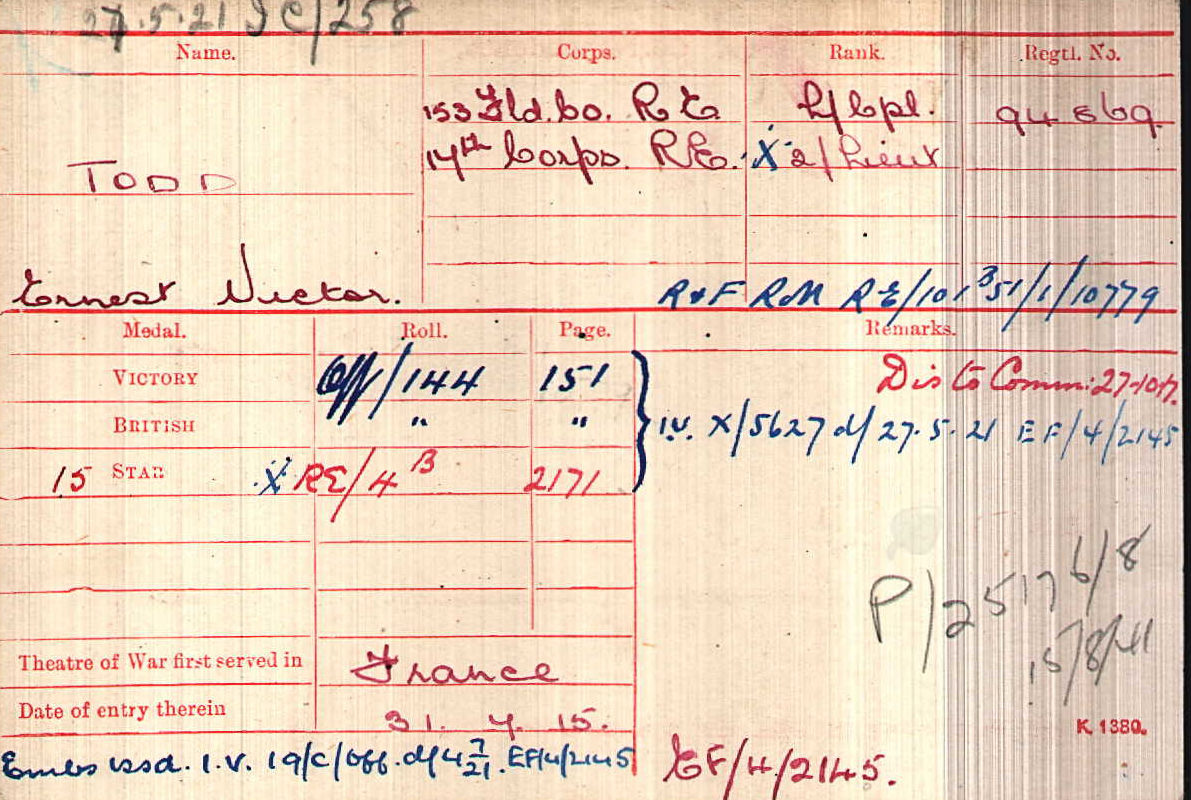
Figure 12. The Great War Medal Index Card of 2nd
Lieutenant Ernest Victor Todd, R.E.
(Image courtesy of
Ancestry.com)
For his service during World War 2 he was awarded the following medals:[17]
· Defence Medal
· War Medal
· Territorial Decoration
9. RELEASE FROM SERVICE
Ernest Victor Todd was released from service probably at the end of World War 2. His approximate total service may be reckoned as shown in the tables below:
Location |
|
Home Service (various locations) |
1914 – 29 July 1915 |
France |
30 July 1915 – 6 October 1918 |
Chatham |
12 November 1918 – 20 December 1920 |
Lancaster |
25 November 1925 – 28 June 1940 |
Unknown R.A.F. Base |
29 June 1940 – March 1945 |
Location |
Period of Service |
Home Service |
6 years, 9 months and 364 days |
Service Abroad |
3 years, 2 months and 7 days |
Total Service (Active) |
10 years and 341 days |
Total Service (Territorial Army) |
14 years, 7 months and 4 days |
Total Service (Active and T.A.) |
24 years, 7 months and 345 days |
NOTE: Periods of service are
approximate since his exact date of enlistment in the Royal Engineers
and his exact date of termination of service in the R.A.F have been
estimated.
10. POST SERVICE LIFE
The 1939 Register of England indicates that Todd and his family lived at 51 Abercrombie Road in Fleetwood. The individuals listed at this address were:
· Todd, Ernest V. Date of birth: 28 Sep 1884. Occupation: Architect and Surveyor
· Todd, Mary. Date of birth: 1 Jun 1880. Occupation: Unpaid Domestic Duties
· Gerrard, Phyllis M. Date of birth: 24 Nov 1914. Occupation: School Teacher
· Todd, Ernest L. Date of birth: 31 May 1918. Occupation: School Teacher
·
Todd, Caroline. Date of birth: 25 Apr 1865.
Occupation: Unpaid Domestic Duties
From the register it can be seen that Todd was practicing as an Architect and Surveyor right up to the start of World War 2. He must also have been working in these professions while he was serving part-time in the Territorial Army. One may assume that when he left the R.A.F. after World War 2 he still had a few productive years to work as an Architect and/or Surveyor.
Ernest Victor Todd died at the Abercrombie Road address in Fleetwood on 18 November 1957 at the age of 73. The probate of his Will took place in London on 30 January 1958 with his effects going to Mary Todd, his widow, in the amount of £2728-14s-10 (about $97,775 US in 2023 currency).
The register shows that Phyllis Margaret Todd had married a man named Gerrard, but he was not living with the household in 1939. Her husband was Richard James Gerrard (1914-1982).[18] Perhaps he was in military service at the time. In fact, a wedding photograph in the Gerrard family tree shows a man in uniform who could be Richard Gerrard.
Ernest’s mother’s name appears in the register and is then crossed out. Perhaps she had moved to another address or may have died about the time that the register was compiled.
The Todd home at 51 Abercrombie Road was an attached house in a row of three. In Figure 13 below, the house is the center one with the green door.
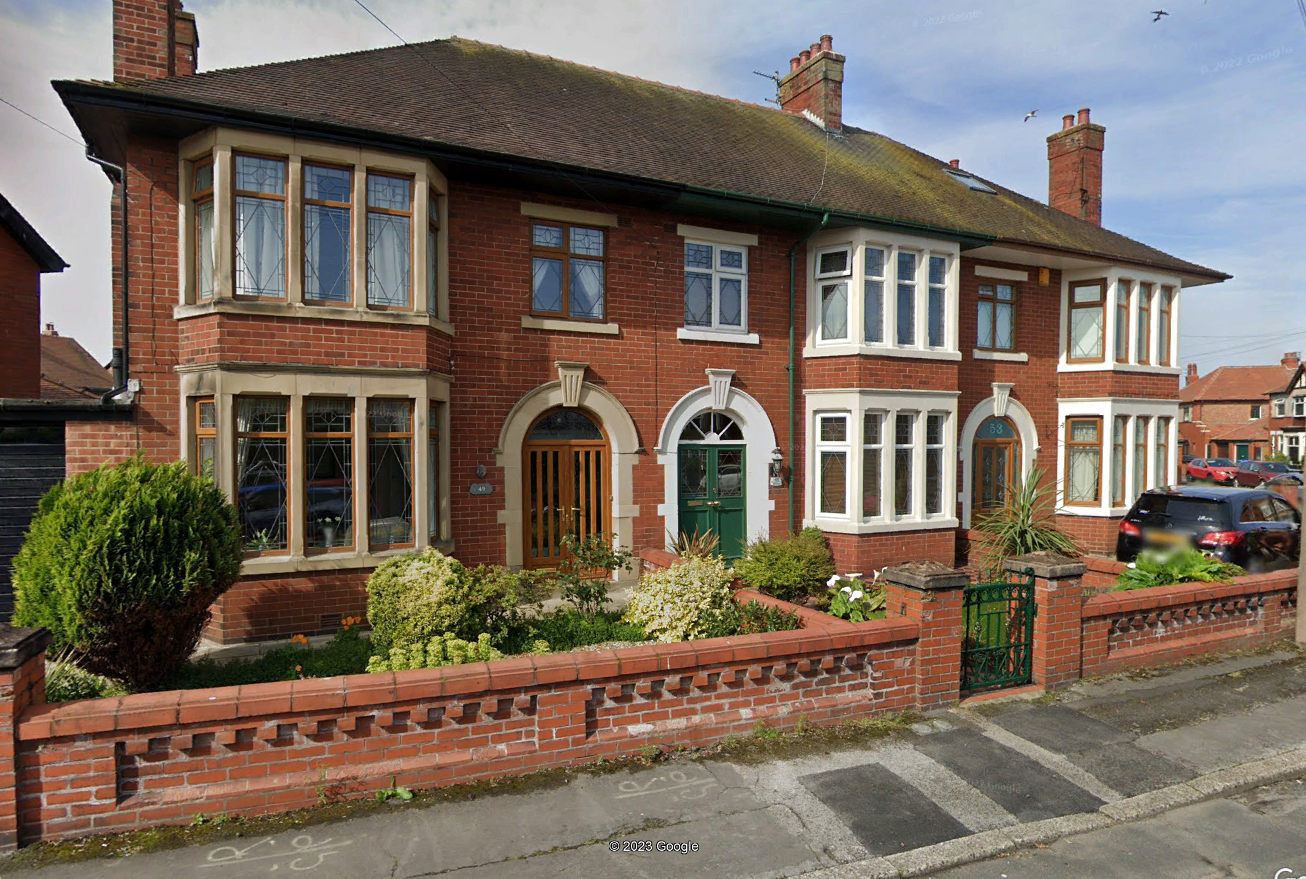
Figure 13. The Todd Home at 51 Abercrombie Road
in Fleetwood, Lancashire.
(Image courtesy of Google Earth)
11. MARRIAGE, FAMILY AND PERSONAL INFORMATION
Spouse
As previously discussed, Ernest Victor Todd married Mary Fish (1880-1960) on 18 August 1913. She was the daughter of Thomas Fish an Assistant Harbour Master in Fleetwood and his wife Margaret Fish, née Rimmer (1849-1913). Mary died in Fleetwood on 3 December 1960. She was still living at the 51 Abercrombie Road address when she died. She willed her effects to her son, Thomas Charles Victor Todd, Major, H.M. Army and to her daughter, Phyllis Margaret Gerrard (wife of Richard James Gerrard). Mary’s effects amounted to £5364-192-6d or about $187,750 US in 2023 currency.
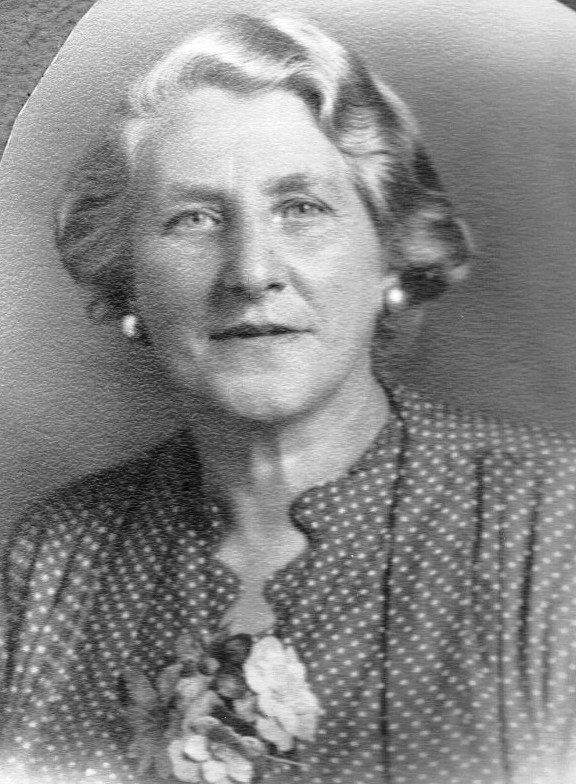
Figure 14. Mary
Todd.
(Image courtesy of the Todd family)
Children
Phyllis Margaret Todd (1914-2008) was born in Preston, Lancashire on 24 November 1914. She married Richard James Gerrard (1914-1982) in Fleetwood, Lancashire on 10 February 1940. Phyllis and Richard had two sons. Phyllis died in Scarborough, North Yorkshire on 18 December 2008. Richard died in Fuengirola, Spain on 29 July 1982.
|
|
Ernest
Leslie Todd (1918-2001) was born at 36 Bold Street in Fleetwood,
Lancashire. According to the Todd family tree, he remained a
bachelor his entire life. Ernest served in the Lancashire
Regiment during World War 2 and he died in Blackpool on 9 September
2001.
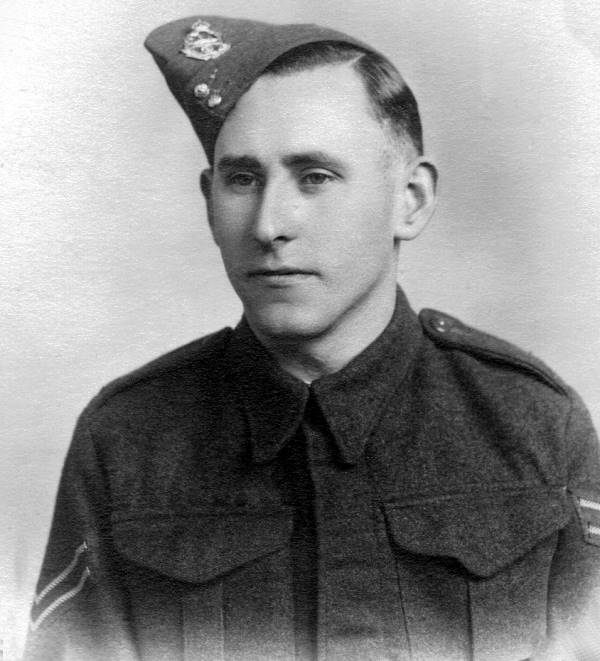
Figure 17.
Corporal Ernest Leslie Todd.
(Image courtesy of the Todd
family)
Thomas Charles Victor Todd (1920-1991) was born in Fleetwood, Lancashire on 14 December 1920. He married his first wife, Betty Ashton (1920-2005), in Fleetwood in September 1945. They had a son. Betty died in Stockport, Cheshire. He married his second wife, Theodora Senior (1924-2011), in 1955. Thomas and Theodora had a son and a daughter. In June 1964 he married a third time to Joyce Isabel Bristow (1923-1998) in Kensington, Middlesex.
Thomas served as an officer in the King’s Own Royal Regiment rising to the rank of Major. When he was a Lieutenant in the 5th Battalion, King’s Own Royal Regiment he was captured by the Germans in 1940 during the campaign in France and Belgium in May/June 1940 and was imprisoned in Prisoner of War Camp, Oflag IX AZ for the duration of the war. Following the war he served in the 1st Battalion, King’s Own Royal Regiment in Trieste, Radfan and South Arabia. For his service he was awarded the 1939-45 Star, War Medal, General Service Medal 1962 with bars [RADFAN][SOUTH ARABIA], Territorial Decoration and the Order of Aden. Major Todd was also made a Member of the British Empire (MBE). He died in Hornby, Lancaster on 3 October 1991.
|
|
|
(Images 18 through 20 courtesy of the Todd family)
Siblings
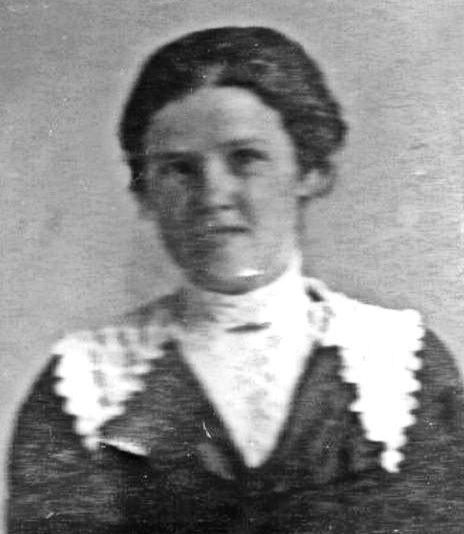 Annie
Todd (1883-1974) was born in Blackpool in June 1883. She
married Herbert Cheetham (1886-) in New South Wales, Australia in
1911 and they had a son. Annie died on 5 May 1974 at the age of
90, probably in Australia.
Annie
Todd (1883-1974) was born in Blackpool in June 1883. She
married Herbert Cheetham (1886-) in New South Wales, Australia in
1911 and they had a son. Annie died on 5 May 1974 at the age of
90, probably in Australia.
Figure 21. Annie Cheetham, née Todd.
(Image courtesy of the Todd family)
Frank Richard Todd (1887-1889) was born in Blackpool, Lancashire in June 1887. He died at age 2 years in Fylde, Lancashire, cause of death unknown.
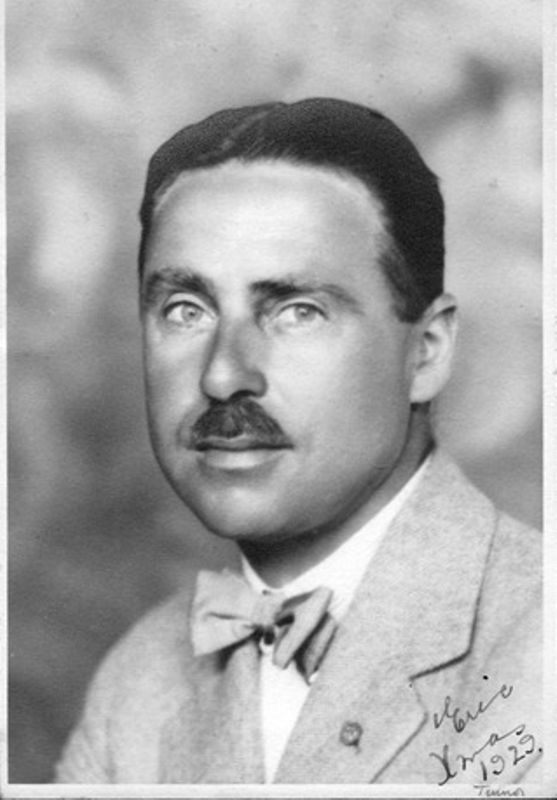
Figure 22. Charles Eric Todd.
(Image courtesy of the Todd family)
Charles Eric Todd (1890-1976) was born in Blackpool, Lancashire on 21 March 1890). He married Elsie Victoria Wright (1887-1963) in Sydney, New South Wales, Australia in 1913. They had two children. Elsie died in Chatwood, Australia and Charles married Eva Credland (1889-1969) in Blackpool in December 1964. Charles and Eva did not have any children. Charles died in Blackpool in December 1976 at the age of 86.
A Charles E. Todd (WR/601846 Sapper) served with the Inland Water Transport of the Royal Engineers during the Great War. His Great War Medal Index Card is shown below. It is not known definitively if Charles did serve in the war and that this card the is MIC of Ernest Victor Todds brother. Six men by the name of Charles E. Todd served in the British Army between 1914 and 1918, but only one was in the Royal Engineers and none of the others were in a Lancashire-linked regiment. Charles might have come home from Australia to serve during the war.
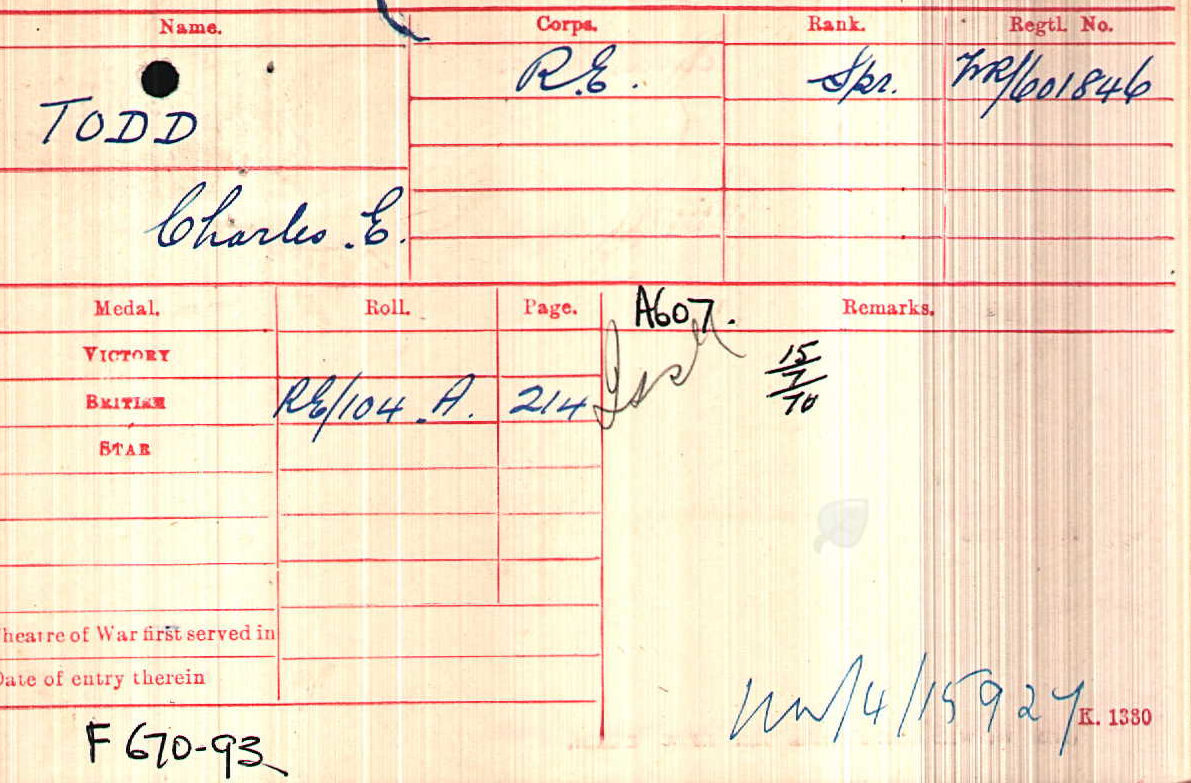
Figure 23. The
Great War Medal Index Card of Sapper Charles E. Todd, R.E.
(Image
courtesy of Ancestry.com)
Norman Vere Todd (1892-1966) was born in Blackpool in June 1892. He married Nellie Daunt (1895-1976) in Basford, Nottinghamshire in June 1920. They had one child, a daughter. Norman served as a Private in the Royal Army Medical Corps, Territorial Force (T.F.) for three years before enlisting in the Royal Engineers at St. Helens, Lancashire on 25 October 1915. He initially enlisted in the Royal Engineers (T.F.), Regimental Number 8928 and was then called up for duty on 21 April 1918 to serve in the 426th (West Lancashire) Reserve Field Company, R.E. (Regimental Number 428530). His Medal Index Card does not indicate that he was sent abroad, but his service papers show that he served in France and that he rose to the rank of Corporal. He was awarded the British War Medal and Victory Medal for his service. Norman died in Victoria Hospital in Blackpool on 7 September 1966.
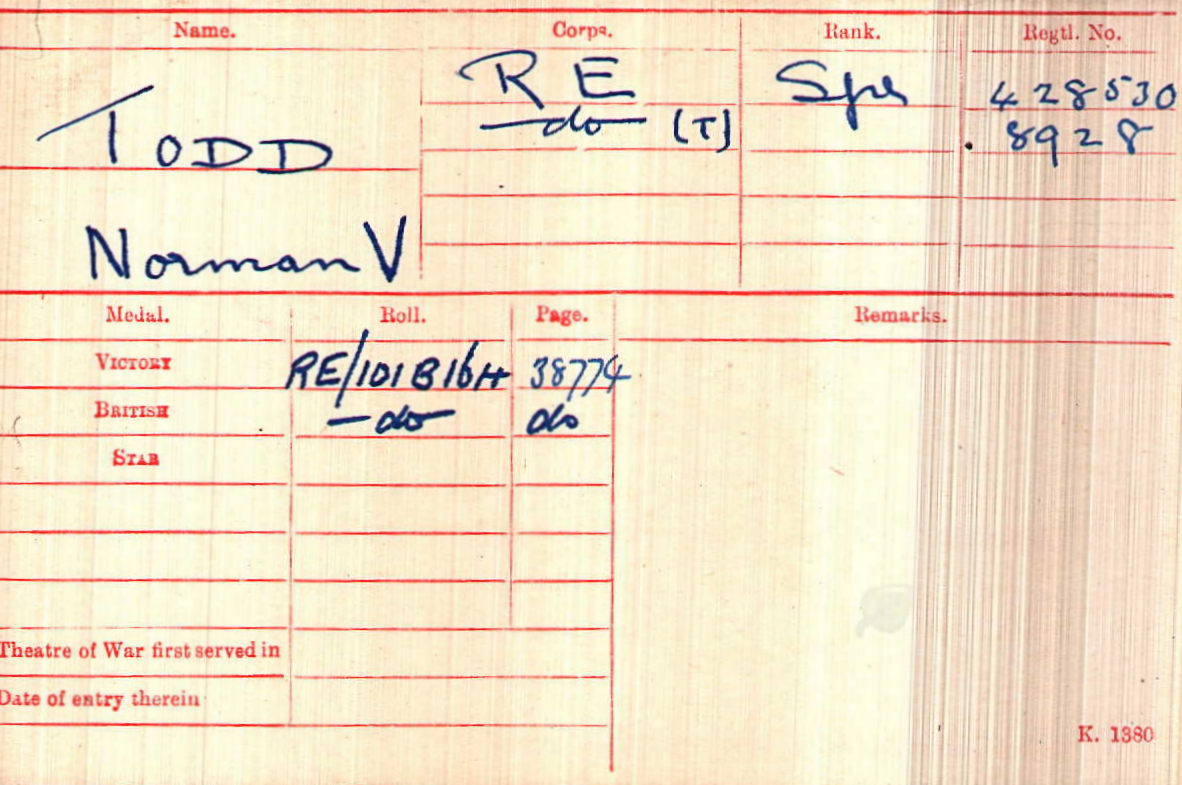
Figure
24. Great War Medal Index Card of Sapper Norman V. Todd, R.E.
(Image
courtesy of Ancestry.com)
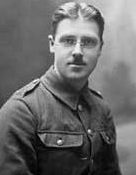
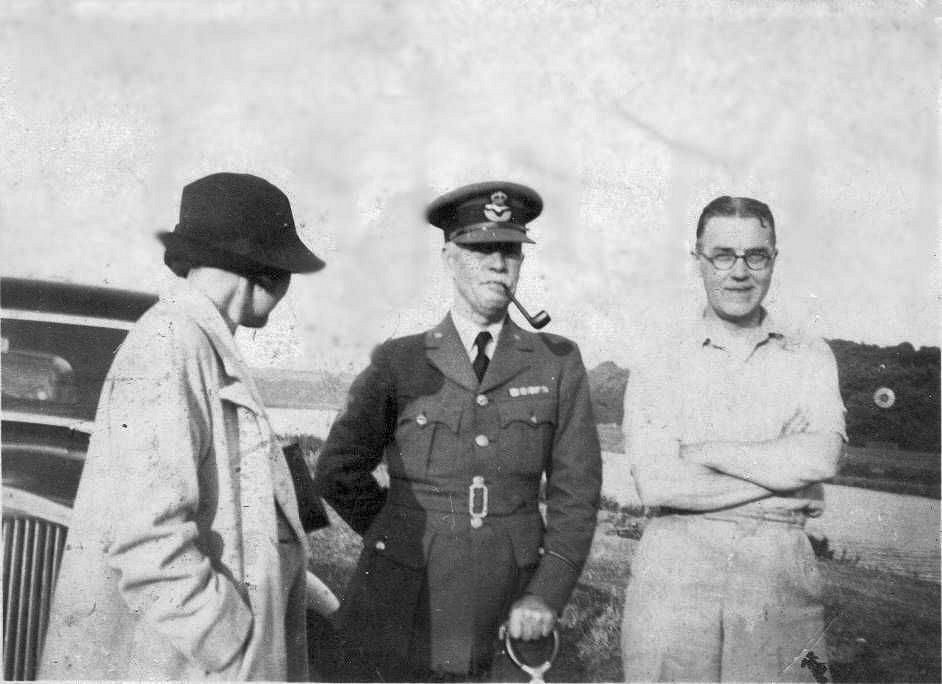
Figure 25 (left).
Sapper Norman V. Todd, R.E.
Figure 26 (right). Pilot Officer
Ernest V. Todd, R.A.F. withHis Brother Norman V. Todd, circa
1940.
(Images courtesy of the Todd family)
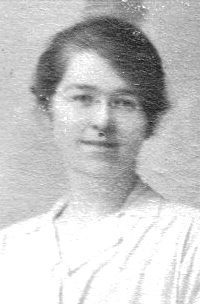 Hannah
Doris Todd (1896-1950) was
born in Blackpool on 18 August 1896. She married Charles W.
Wicks at Fylde, Lancashire in March 1921. They had a son and a
daughter. Hannah died in Middlesex on 3 January 1950.
Charles’ date of death is not known.
Hannah
Doris Todd (1896-1950) was
born in Blackpool on 18 August 1896. She married Charles W.
Wicks at Fylde, Lancashire in March 1921. They had a son and a
daughter. Hannah died in Middlesex on 3 January 1950.
Charles’ date of death is not known.
Figure 27. Hannah Doris Wicks, née Todd. (Image courtesy of the Todd family)
Frank Leslie Todd (1898-1903) was born in Fylde, Lancashire on 30 October 1898. Young Frank died in Blackpool in March 1903. Cause of death unknown.
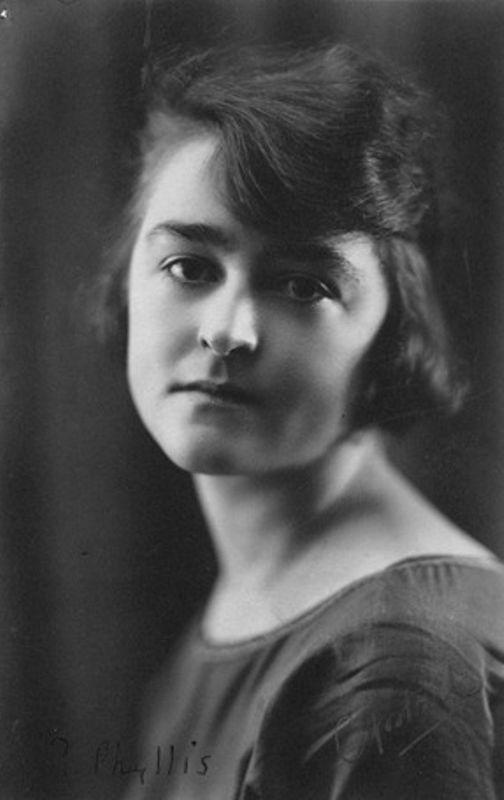 Phyllis
Todd (1901-1927) was born in Blackpool in September 1901.
She married Leonard Proctor (1898-1981) in Fylde in June 1926.
Leonard and Phyllis had a son. Phyllis died in Blackpool on 28
July 1927 at the age of 25. Her cause of death at such an early
age is not known. Leonard died in Blackpool in September 1981.
Phyllis
Todd (1901-1927) was born in Blackpool in September 1901.
She married Leonard Proctor (1898-1981) in Fylde in June 1926.
Leonard and Phyllis had a son. Phyllis died in Blackpool on 28
July 1927 at the age of 25. Her cause of death at such an early
age is not known. Leonard died in Blackpool in September 1981.
Figure 28. Phyllis Proctor, née Todd. (Image courtesy of the Todd family)
12. EPILOGUE
The story of the Todd family of Lancashire is one of service to King and Country in two World Wars as summarized in the table below.
Name |
Regiment |
Relation to the Main Character |
Major Ernest Victor Todd |
Royal Engineers, King’s Own Royal Regiment and Royal Air Force |
The main character of this research |
Corporal Ernest Leslie Todd |
Lancashire Regiment |
Son
|
Major Thomas Charles Victor Todd |
King’s Own Royal Regiment |
Son |
Sapper Charles Eric Todd |
Royal Engineers |
Brother
|
Sapper Norman Vere Todd |
Royal Army Medical Corps and Royal Engineers |
Brother |
REFERENCES:
Army Lists
The Monthly Army List, December 1920, p. 784.
The Army List, 1924, War Services, p. 624.
The Monthly Army List, June 1926, p. 401b.
The Monthly Army List, October 1935, p. 401b.
Books
1. BAKER BROWN, W. The History of the Corps of Royal Engineers. Volume IV. The Institution of Royal Engineers, Chatham, Kent, 1952, pp. 245-262.
2. GRIERSON, J.M. Scarlet Into Khaki: The British Army on the Eve of the Boer War. Greenhill Books, London, 1988, p. 185.
Census
1. 1891 Census of England (RG 12/3455).
2. 1901 Census of England (RG 13/3973).
3. 1911 Census of England and Wales.
4. 1939 Register of England (Fleetwood, Lancashire).
Civil Documents
1. Baptism Certificate of Ernest Victor Todd.
2. Probate Calendar, 1958, p. 272.
3. Probate Calendar, 1961, p. 291.
4. Page from the Blackpool Gazette (date unknown).
Family Trees
John Thomas Todd (father) (by Gerrard_David).
Caroline Auty (mother) (by Gerrard_David).
Mary Fish (wife) (by Gerrard_David).
Phyllis Margaret Todd (daughter) (by Gerrard_David).
Ernest Leslie Todd (son) (by Gerrard_David).
Thomas Charles Victor Todd (son) (by Gerrard_David).
Internet Web Site
Lives of the First World War (Royal Engineers) – Imperial War Museum.
https://livesofthefirstworldwar.iwm.org.uk/searchlives/field/unit/Royal%20Engineers/filter
The Long, Long Trail: The British VIII Corps in France and Flanders.
The Long, Long Trail: The British XVII Corps in France and Flanders.
King's Own Royal Regiment Museum Lancaster: Todd Family Collection, 2nd Lieutenant Ernest Victor Todd and Major Thomas Charles Victor Todd MBE
http://www.kingsownmuseum.com/ko1930-46.htm
http://www.kingsownmuseum.com/ko1930-47.htm
http://www.kingsownmuseum.com/ko1930.htm
Photo and Scrap album relating to the
service of Ernest Victor Todd with the Royal Engineers
in the First World War - later commissioned into the King’s
Own |
|
|
Photo
and Scrap album relating to the service of Ernest Victor Todd with
the Royal Engineers in the First World War - later commissioned
into the King’s Own |
|
Photo and Scrap album relating
to the service of Ernest Victor Todd with the Royal
Engineers
in the First World War - later commissioned into the King’s
Own |
|
|
. The Long, Long Trail: 37th Division. https://www.longlongtrail.co.uk/army/order-of-battle-of-divisions/37th-division/ |
London Gazette
Supplement to the London Gazette, 2 November 1917, p. 11303.
Supplement to the London Gazette, 7 July 1919, p. 8548.
The London Gazette, 3 December 1940.
The London Gazette, 29 June 1940.
The London Gazette, 13 August 1941, p. 4735.
Military Documents
The Medal Index Card of Ernest Victor Todd.
The Royal Engineers Medal Roll, British War Medal and Victory Medal for Staff Sergeant Ernest V. Todd.
The Medal Index Card of Norman V. Todd.
The Medal Index Card of Charles E. Todd.
List of Pilot Officers of the Royal Air Force Serving in the Administrative and Special Duties Branch, 1940.
Military Service Papers of 8928 (428530) Corporal Norman Vere Todd, R.E.
Periodicals
Battle Honours of the Royal Engineers. The Royal Engineers Journal. The Institution of Royal Engineers, Chatham, Kent, 1925-1932.
Blackpool Gazette, date unknown.
ENDNOTES:
[1] The Todd family trees found on Ancestry.com.
[2] Ibid.
[3] The Blackpool Gazette.
[4] Ibid.
[5] GRIERSON.
[6] The Long, Long Trail.
[7] Ibid.
[8] BAKER BROWN.
[9] The Long, Long Trail.
[10] Annual Army List, 1924.
[11] The London Gazette, 7 July 1919.
[12] The Monthly Army List, December 1920.
[13] The Monthly Army List, June 1926.
[14] The Monthly Army List, October 1935 and the Imperial War Museum.
[15] Soon to be King George VI.
[16] From a photograph on the King’s Own Royal Regiment web site.
[17] King’ Own Royal Regiment web site.
[18] Probate Calendar, 1961.